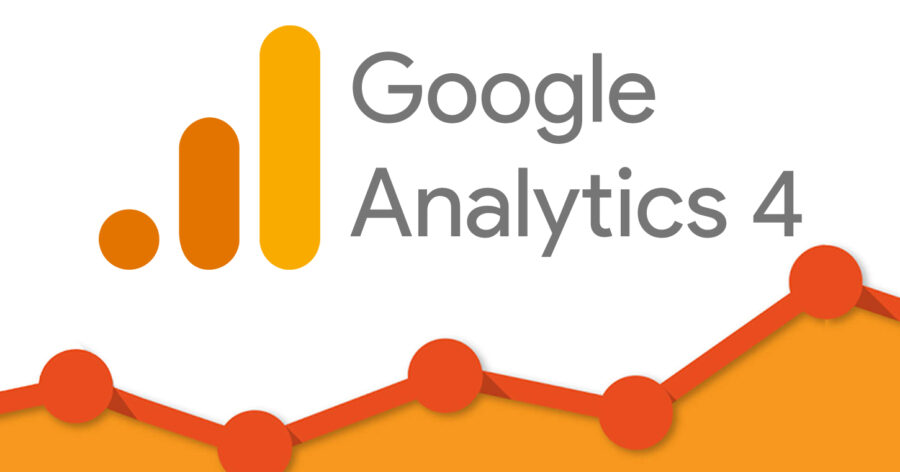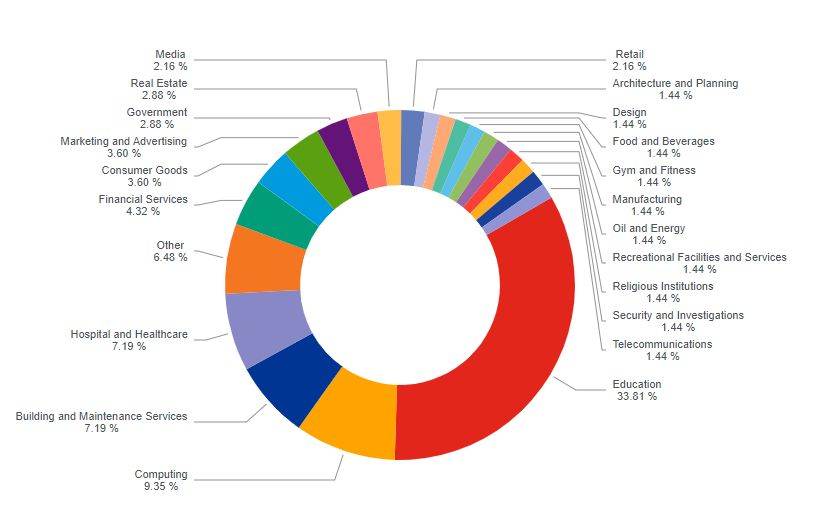Unlocking the Power of B2B Intent Data for Improved Decision Making

Unlocking the Power of B2B Intent Data for Improved Decision Making
Summary
B2B intent data provides actionable insights to inform strategy and maximize the impact on customer experience. It gives organizations an evidence-based view of the customers’ journey, enabling them to make informed decisions about how best to drive acquisition and loyalty. By leveraging intent data, you can create campaigns tailored to the needs and interests of their prospects.
Unlocking the Power of B2B Intent Data for Improved Decision Making
In today’s data-driven digital age, organizations are increasingly turning to B2B intent data to inform their decision-making processes. By gaining access to the customer journey, buying behavior, and the key drivers of customer acquisition, B2B intent data provides actionable insights to inform strategy and maximize the impact on customer experience.
Understanding B2B Intent Data and Its Benefits
B2B intent data enables organizations to explore the customer journey and gain insights into customer interests, including research needs and preferences. It gives organizations an evidence-based view of the customers’ journey, enabling them to make informed decisions about how best to drive acquisition and loyalty. Additionally, businesses can use B2B intent data to understand competitor behavior, identify new opportunities for customer acquisition, develop customer segmentation, and more.
B2B intent data can be used to create targeted campaigns and personalized customer experiences. By leveraging intent data, you can create campaigns that are tailored to the needs and interests of their prospects. This can help to increase engagement and loyalty, as well as drive more conversions.
Utilizing B2B Intent Data to Guide Decision Making
To stay ahead of the competition, organizations need to gather and analyze real-time customer data. By tapping into the B2B intent data available today, businesses can make well-informed decisions about markets and customers quickly. Additionally, intent data can help organizations identify valuable opportunities for enhancing brand engagement, increasing sales, and improving the customer experience.
Intent data can also be used to gain insights into customer behavior and preferences. By understanding customer needs and interests, businesses can create more targeted campaigns and tailor their products and services to meet customer demands. Furthermore, intent data can be used to identify potential new markets and customer segments, allowing you to expand your reach and increase your customer base.
Leveraging B2B Intent Data to Generate More Targeted Strategies
In addition to providing objective insights into customer behavior, B2B intent data can help organizations improve their targeting strategies. By analyzing current customer interests and preferences, you can identify the type of customers they are most likely to engage with and create customized campaigns tailored to their needs. As a result, companies gain valuable insights into the right segments or target markets and develop more effective marketing strategies.
Using B2B intent data also allows you to identify potential opportunities for growth and expansion. By understanding customer interests and preferences, you can identify new markets and develop strategies to reach them. Additionally, use B2B intent data to identify potential partners and develop mutually beneficial relationships. By leveraging B2B intent data, you can gain a better understanding of your customers and develop more targeted strategies to reach them.
Implementing B2B Intent Data Into Your Business Model
To make the most of their B2B intent data, businesses need to ensure that it is consistently and accurately capturing customer behaviors and preferences. Companies should develop comprehensive strategies for monitoring, collecting, integrating, and analyzing B2B intent data to ensure that all key insights are taken into account and used efficiently. Additionally, applying advanced analytics tools can help organizations extract more specialized insights from their B2B intent data.
It is also important to ensure that the data is being used to inform decisions and strategies. Companies should use the data to identify trends and patterns in customer behavior, as well as to inform product and service development. Additionally, B2B intent data can be used to inform marketing and sales strategies, helping businesses to better target their audiences and increase their conversion rates.
Analyzing and Interpreting B2B Intent Data
When organizations collect a large amount of B2B intent data, they must be able to accurately interpret it to make informed decisions. Analyzing the intent data can help organizations uncover deeper insights into customer needs and preferences, which in turn helps them optimize their strategies for targeting specific segments or markets. Additionally, businesses can use intent data analysis to understand how different customer segments interact with their products or services.
By analyzing B2B intent data, organizations can gain valuable insights into customer behavior and preferences. This can help them identify potential growth opportunities and develop more effective marketing strategies. Additionally, intent data analysis can help organizations identify areas of improvement in their products or services, as well as identify potential areas of risk. By understanding customer intent, organizations can make more informed decisions and better serve their customers.
Developing Insights From B2B Intent Data
Capturing insights from B2B intent data requires businesses to understand how customers use their products or services. Organizations need to be able to identify trends and patterns in customer engagement to develop more customized offerings and tailor their strategies to maximize ROI. Moreover, businesses can use the insights gathered from B2B intent data to create predictive models for understanding customer behavior and predicting future trends.
Maximizing the Impact of B2B Intent Data
By understanding how customers use your products and services, you can better optimize your offerings to maximize customer value. Utilizing B2B intent data can help organizations identify potential areas of improvement in their current strategies as well as suggest proactive strategies for generating new sources of revenue. Additionally, understanding consumer behavior in detail can help inform decisions about pricing, product customization options, channel optimization, and more.
B2B intent data can also be used to identify customer segments that are more likely to convert, allowing companies to focus their marketing efforts on those segments. This data can also be used to create more targeted campaigns that are tailored to the needs of specific customer segments. By leveraging B2B intent data, companies can gain a better understanding of their customers and create more effective marketing strategies that will drive higher conversion rates.
Measuring the Results of Using B2B Intent Data
Businesses need to have a clear understanding of how their efforts have been impacted by using B2B intent data. By tracking metric-based performance and results over time, companies can accurately benchmark their progress and measure the effectiveness of their strategies. This helps businesses identify areas of improvement and refine their approach moving forward.
It is important to track the right metrics when measuring the success of B2B intent data. This includes metrics such as website visits, lead generation, and customer engagement. Additionally, businesses should also track the cost of their B2B intent data campaigns to ensure that they are getting the most out of their investment. By tracking these metrics, businesses can gain valuable insights into the effectiveness of their strategies and make adjustments as needed.
How to Stay Ahead of the Curve With B2B Intent Data
Finally, businesses must be aware of emerging trends and technologies to stay ahead of the competition. Keeping up-to-date with market changes such as new product launches or changes in customer preferences can provide valuable insights that can be integrated into B2B intent data analysis.
To learn more about why Bay MarketForce could be the growth engine you’re looking for, please feel free to Contact Us or Book an Introduction Meeting.







